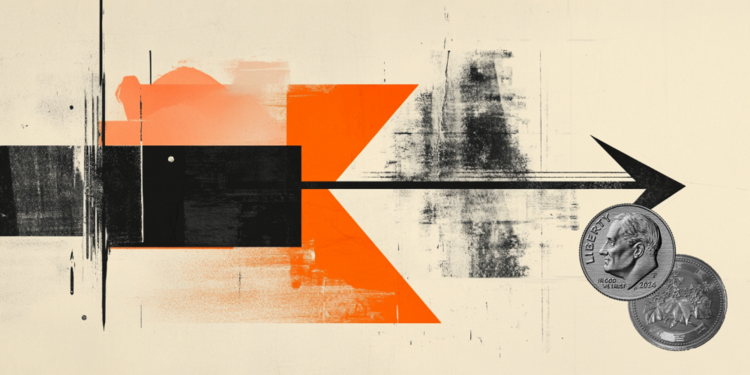Japan appears to be emerging from a 30-year battle with deflation driven by an economy expanding at a pace above its potential growth rate. That said, the strength of this morning’s release of Japanese February industrial production data at 2.5% y/y can not be taken as a firm signal of an accelerating trend in activity, Rabobank’s FX analyst Jane Foley notes.
USD/JPY is likely to end the year lower
“It is widely assumed that the fastest monthly growth data for Japanese production in nearly a year was related to a push to meet strong demand for manufactured goods such as autos before new US tariffs on the sector took effect. Last week’s release of the Summary of Opinions at the March BoJ policy meeting highlighted the view that ‘Uncertainties regarding the policies of the new U.S. administration will have an impact on business and household sentiment around the world. Therefore, uncertainties regarding the global economy have heightened.'”
“Tariff fears clearly have implications for expectations regarding BoJ policy rates. Although economists’ surveys have indicated a preference for July for the next 25 bp BoJ rate hike, market implied policy rates currently suggest another move is not quite fully priced in on a 6-month view. Although US President Trump’s announcement of reciprocal tariffs on April 2 should bring some more clarity, hopes that there will be some space for negotiation combined with the likelihood of counter tariffs suggest that significant scope for both uncertainty and market volatility remains.”
“In recent weeks, the JPY gave back some of this year’s gains with tariff concerns likely a contributing factor to this move. Despite the pullback, our central view is that USD/JPY is likely to end the year lower. We maintain a year end forecast of USD/JPY 145 and see downside risk to this view.”

